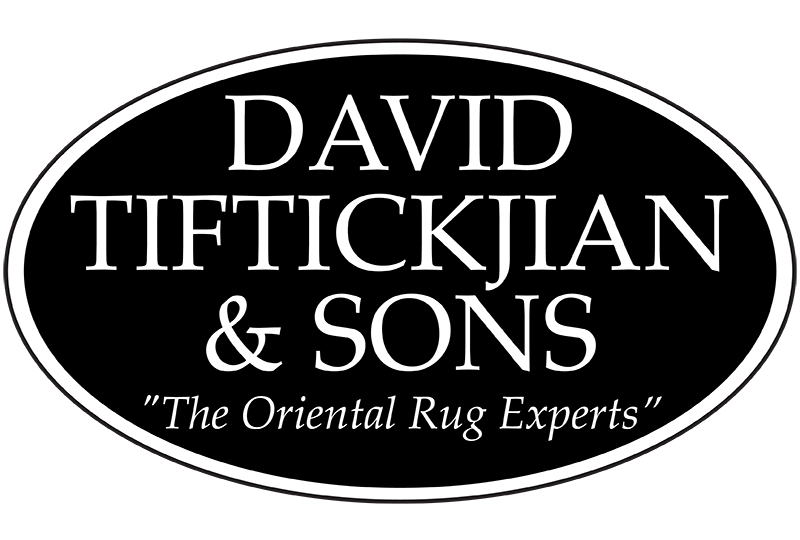
Ever walk into a 100-year-old house to find original hardwood floors that still look amazing? With proper care and maintenance, hardwood floors can last a lifetime.
Your wood floors are exposed to daily wear and tear. When considering different species, you want to select a hardwood that is reliable and durable, so it looks as good on day 1,001 as it did on day 1. The Janka Hardness Scale offers one the best measures of wood species to test its ability to withstand denting and wear, as well as ease of use during construction. The Janka Hardness Scale measures the force required to embed a .444-inch steel ball to half its diameter in wood. The above chart ranks popular wood species from softest to hardest. For more information on individual species, click here.

Photosensitivity is the degree in which all wood species change in color due to exposure to natural sunlight or UV light. Generally, color changes occur gradually, and may be inhibited by certain finishes.
All natural and domestic species are affected by sunlight, but woods like Oak, Walnut, and Maple have a higher resistance and are less likely to fade or alter in color. Species typically found in the Cherry family have a lower resistance, which means the exposure to light will result in a more dramatic change in tone. The chart above demonstrates how “stable” the five most popular species of wood are, and they’re rankings on a 1-10 scale, with 1 having a high resistance to photosensitivity and 10 having a low resistance.

Refined Class – The very best hardwood flooring. Species in this class have the most uniform color, variable grain patterns, longer board lengths, and very few, if any, blemishes or knots.
Traditional Class – Species in this class hint at the natural character of the wood, with more variance between lighter and dark boards. Hardwood flooring in this class may have shorter board lengths, infrequent knots, and mineral or other character marks.
Vintage Class – Species in this class are characterized by natural color variation between light and dark boards. These woods contain larger knots and more frequent character marks, whether from naturally-occuring, mineral, or wear and tear.
Character Class – Species in this class offer the most natural color variation and tend to have a more rustic feel. These woods contain more character marks ands visually distinctive knots, larger filled knots, and the most mineral marks.

Solid vs Engineered hardwood is a common debate when selecting the perfect hardwood for you and your home. While both display natural color variations between light and dark tones and gorgeous grain texture, the structural differences between the two hardwood helps determined what’s best for your home.
- One solid piece of wood; generally 3/4″ thick
- Produced from the finest domestic and exotic hardwood floors; available in several widths
- Generally, can be recoated and refinished several widths
- More susceptible to humidity and temperature changes
- Should only be installed above grade, over approved wooden subfloors; must be nailed or stapled down
Engineered Hardwood Floors
- Cross-ply construction; reduces expansion & contraction of planks caused by humidity
- Produced from finest domes and exotic hardwood floors; available in several widths
- Available in long plank and longs trip format; variety of widths, thicknesses, and colors
- Can be installed on any level in the home
